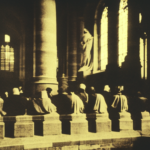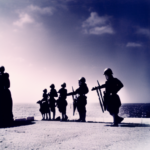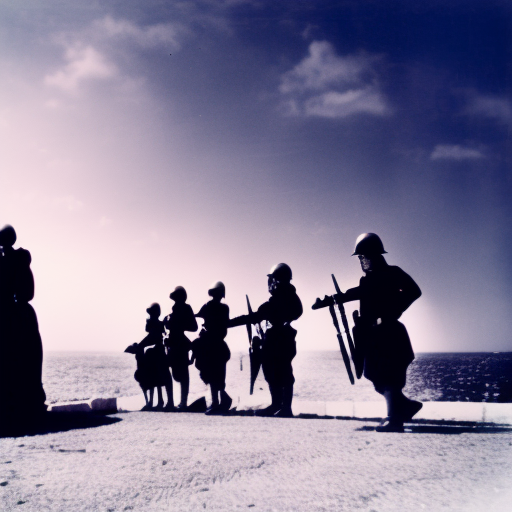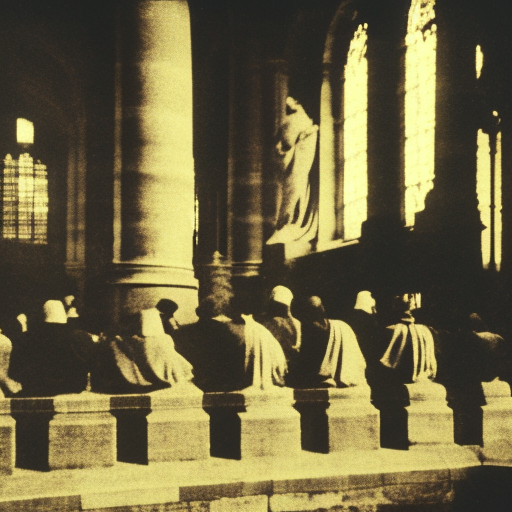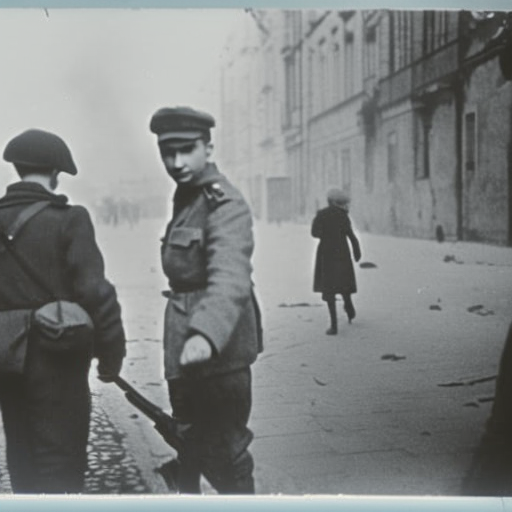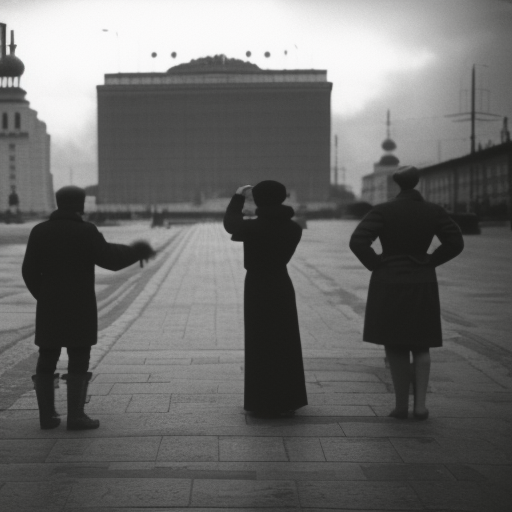The Siege of Malta (1565)
The Siege of Malta in 1565 was a pivotal event in the Mediterranean during the Great Siege of Malta. It was a military confrontation between the Ottoman Empire and the Knights Hospitaller, a Christian military order. The siege lasted for four months and resulted in a decisive victory for the Knights Hospitaller, effectively halting the Ottoman Empire’s expansion into the western Mediterranean.
Background:
In the 16th century, the Ottoman Empire was a formidable force, expanding its territories across Europe, Asia, and Africa. The Knights Hospitaller, based in Malta, were a Christian military order dedicated to defending the faith against the Ottoman threat. The Ottoman Sultan, Suleiman the Magnificent, sought to eliminate the Knights and gain control over Malta, a strategic location in the Mediterranean.
The Siege:
The Ottoman fleet, consisting of over 200 ships and an army of around 40,000 men, arrived in Malta in May 1565. The Knights Hospitaller, led by Grand Master Jean Parisot de Valette, had a much smaller force of approximately 9,000 men. Despite being heavily outnumbered, the Knights were determined to defend their island.
The Ottoman forces launched a series of attacks on the fortified cities of Birgu, Senglea, and the capital, Valletta. The Knights, with the help of the local Maltese population, fiercely resisted the Ottoman assaults. The defenders used innovative tactics, such as the construction of underground tunnels and the use of artillery, to repel the enemy.
The siege was marked by intense fighting and heavy casualties on both sides. The Ottomans faced difficulties in breaching the fortifications and suffered significant losses. The Knights, although outnumbered, displayed remarkable resilience and determination. They were aided by reinforcements from Sicily and the support of European powers, including Spain.
The Turning Point:
The turning point of the siege came on September 7, 1565, when a relief force led by Don Garcia de Toledo, the Viceroy of Sicily, arrived in Malta. The arrival of the reinforcements boosted the morale of the defenders and provided much-needed supplies and troops. The Ottomans, facing the prospect of defeat, launched a final assault on September 23, but were repelled by the resolute defense of the Knights.
The Outcome:
After four months of intense fighting, the Ottoman forces were forced to retreat. The Siege of Malta ended in a decisive victory for the Knights Hospitaller. The Ottoman Empire suffered heavy losses, with estimates ranging from 10,000 to 30,000 casualties. The Knights and the Maltese population also suffered significant losses, but their victory was celebrated as a triumph of Christian resistance against the Ottoman Empire.
The Siege of Malta had far-reaching consequences. It halted the Ottoman Empire’s expansion into the western Mediterranean and dealt a blow to their naval power. It also boosted the morale of Christian Europe, which saw the victory as a sign of hope in the face of Ottoman aggression.
In recognition of their heroic defense, Grand Master de Valette was awarded the title “Valletta” and the construction of a new fortified city, which would become the capital of Malta. The city of Valletta still stands today as a testament to the bravery and resilience of the Knights Hospitaller during the Siege of Malta.
In conclusion, the Siege of Malta in 1565 was a significant event in European history. It showcased the determination and military prowess of the Knights Hospitaller in defending their island against the mighty Ottoman Empire. The victory at Malta had a lasting impact on the balance of power in the Mediterranean and served as an inspiration for future resistance against Ottoman expansion.
